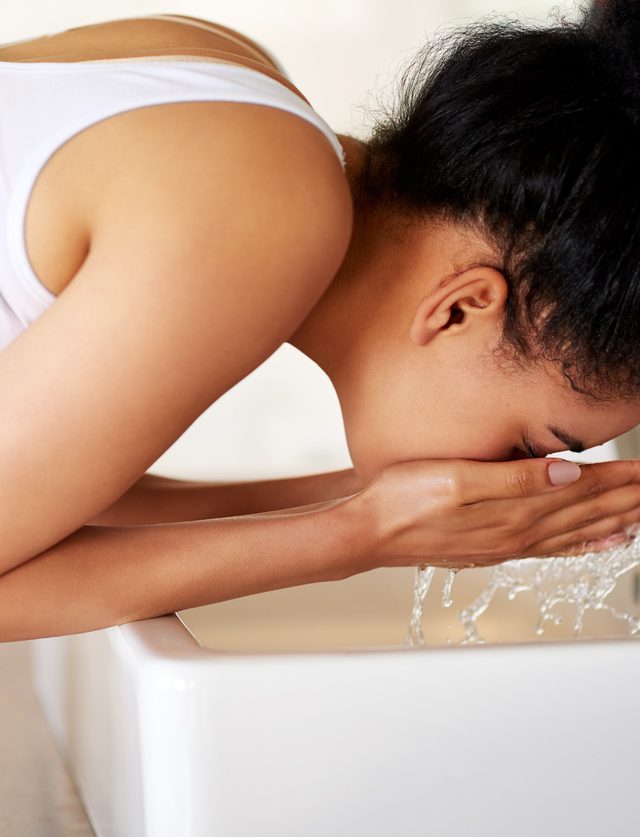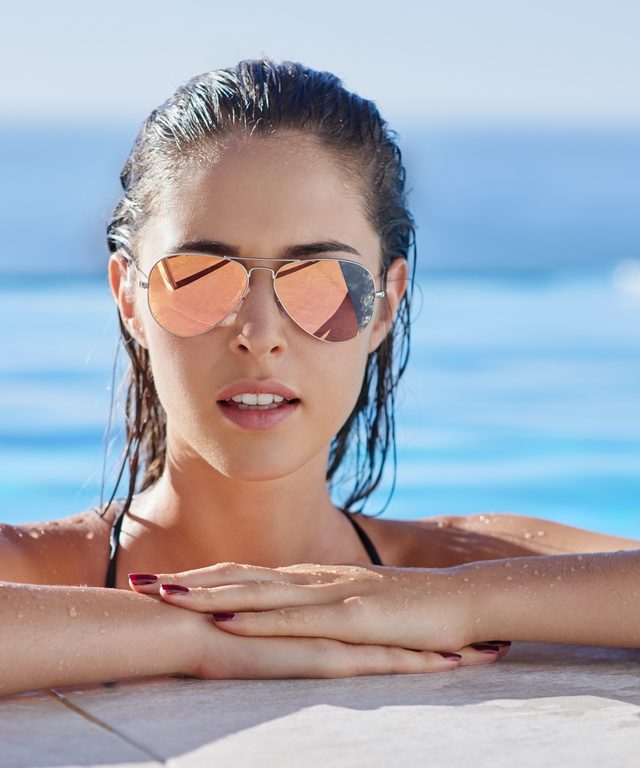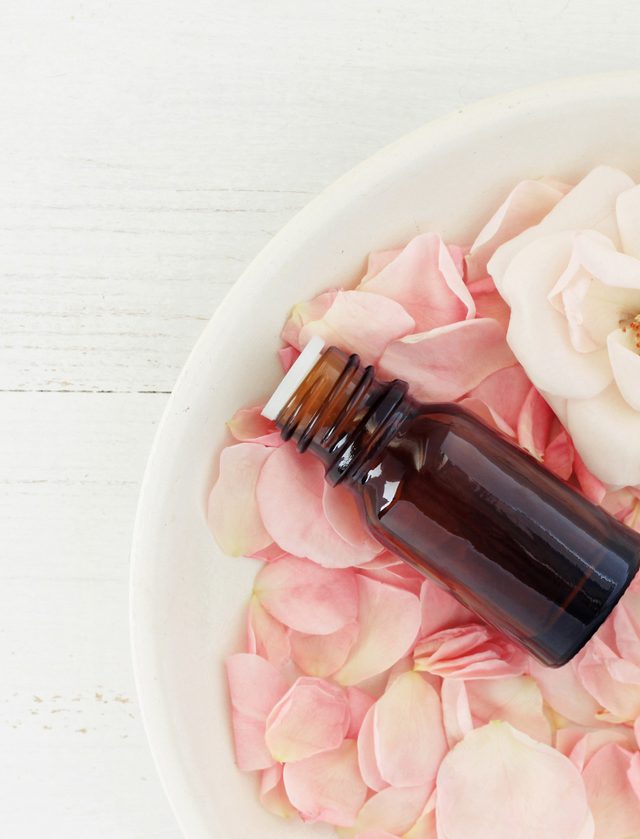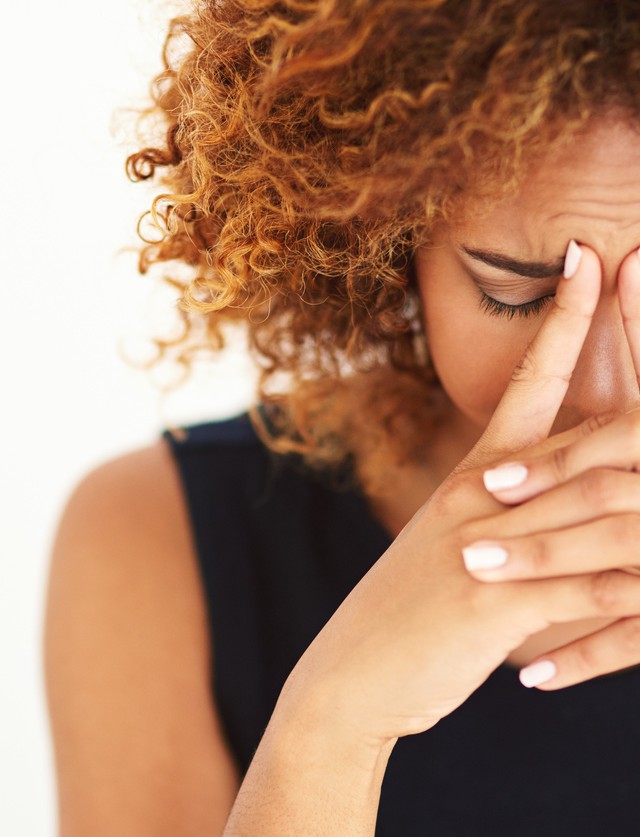It seems that no matter what the season, we can’t escape the elements that bring on the signs of aging. We all know how damaging the summer sun can be on our skin but unfortunately the winter wind is no better. We spoke with skin expert Lisa Cain, owner and founder of KIN Organics, to learn about how cold weather affects the skin and what we can do to fight the signs of aging every winter.
So what do winter and wrinkles have to do with each other? “Typically, colder weather is drier because there is less humidity in the air so it tends to dry out the skin. Add wind and you have even more dryness and dehydration, which in turn causes flakiness, making the skin look less smooth and fine lines and wrinkles more noticeable,” Lisa says. “Cold weather doesn’t necessarily cause wrinkles—it just makes them much more visible due to the lack of hydration in the skin.”
Okay, so if we just avoid the cold as much as possible, we’ll be fine right? We can just stay inside and hibernate right? Not so much. According to Lisa, cozying up on the couch comes with skin risks too. “We wear much more clothing in the winter and this alone can cause chaffing and more rubbing of the skin,” she says. “The increased exposure to rough materials plus the detergents in the clothes has an accumulative effect leading to dry, irritated skin. Not to mention the heat from your radiator or furnace at home, at work, in the car, and so on. It has less humidity so it’s also super drying and dehydrating to both the skin and hair. So the cold outside combined with the heat inside really strips the skin of moisture, leaving it rough, itchy, and again, more prone to looking wrinkly.”
So, what can we do?
Lisa recommends using creamy or milky face and body cleansers and a good moisturizing lotion from head to toe after showering. Moist skin is plumper so fine lines and wrinkles will appear less prominent. She also endorses using additional hydrating products, such as a serum under your face moisturizer or a balm on your hands for extra moisture. “Balms are great in the winter to add a protective barrier against cold, wind, and the elements while keeping moisture in. Beeswax is a humectant so it draws moisture from the air to protect and reduce moisture loss, so look for a balm made with beeswax,” Lisa suggests. (She makes a wonderful organic one called Healing Balm, available for $22 on her website.)
The balm doesn’t have to be only for the body—facial balms are becoming increasingly popular, especially with all the rage in natural skincare. “I use the Healing Balm on my face, just a small amount over damp skin; it’s so awesome,” Lisa says. “You can also use it with mineral makeup. Just mix a little balm with your mineral powder and you have an amazing foundation that is moisturizing, protective, nutritive, and creates a super smooth finish. It’s almost like a primer and makeup in one.” Great tip!
Oh and one last piece of advice, which seems to be the solution to so many of life’s problems: drink LOTS of water in the winter. “The key is moisture from the outside and the inside,” says Lisa. So drink up, lotion up, and try to enjoy the weather at least a little bit.











